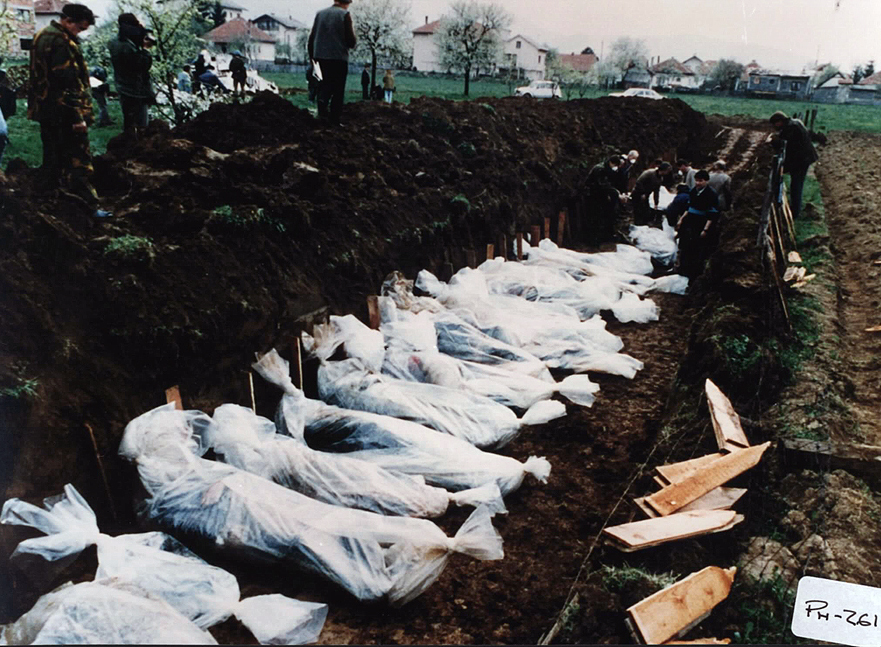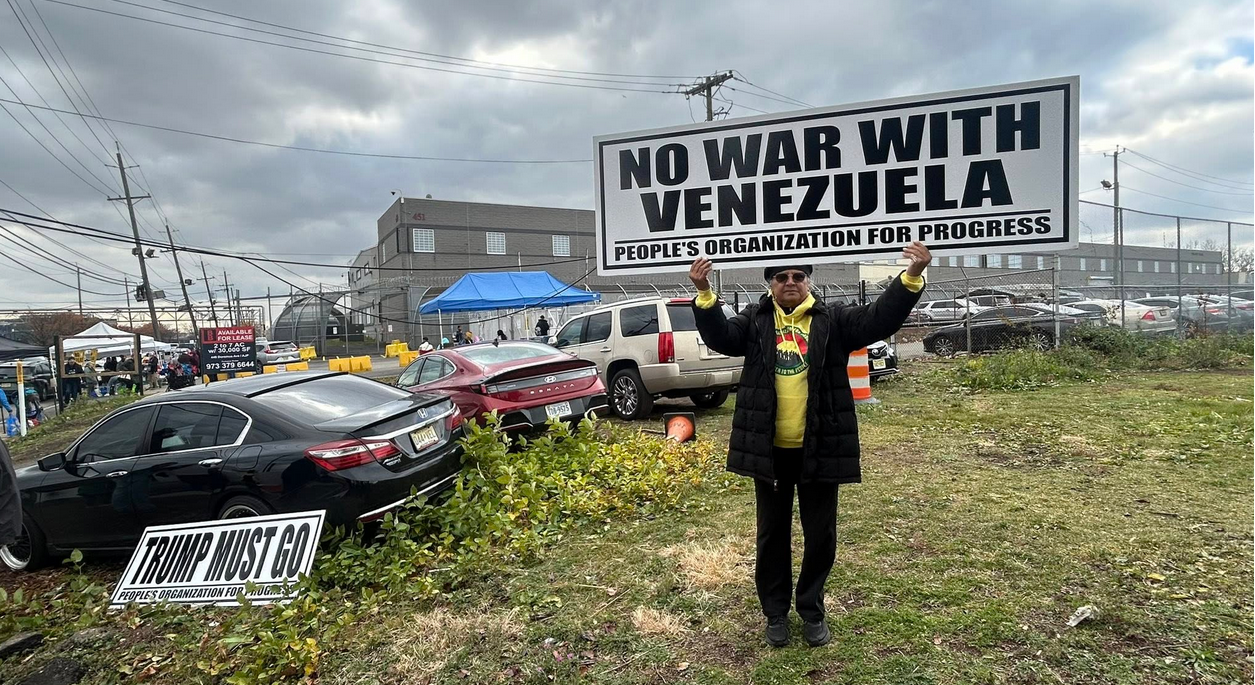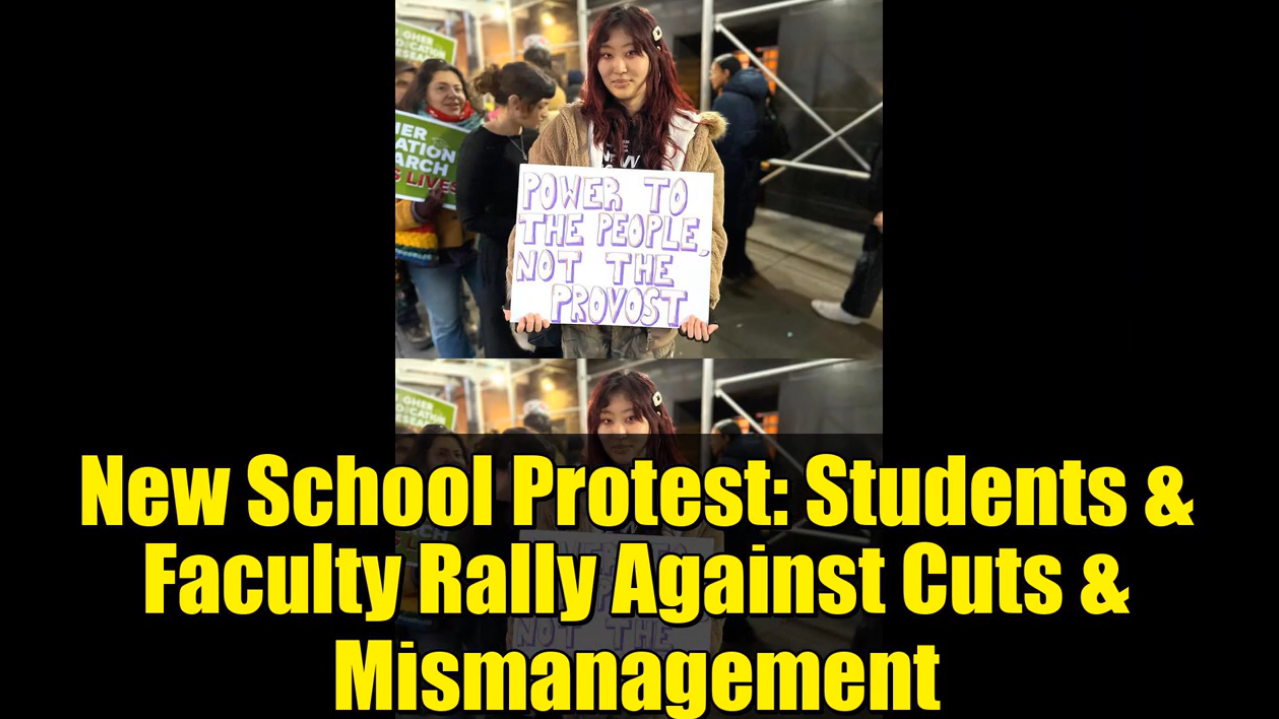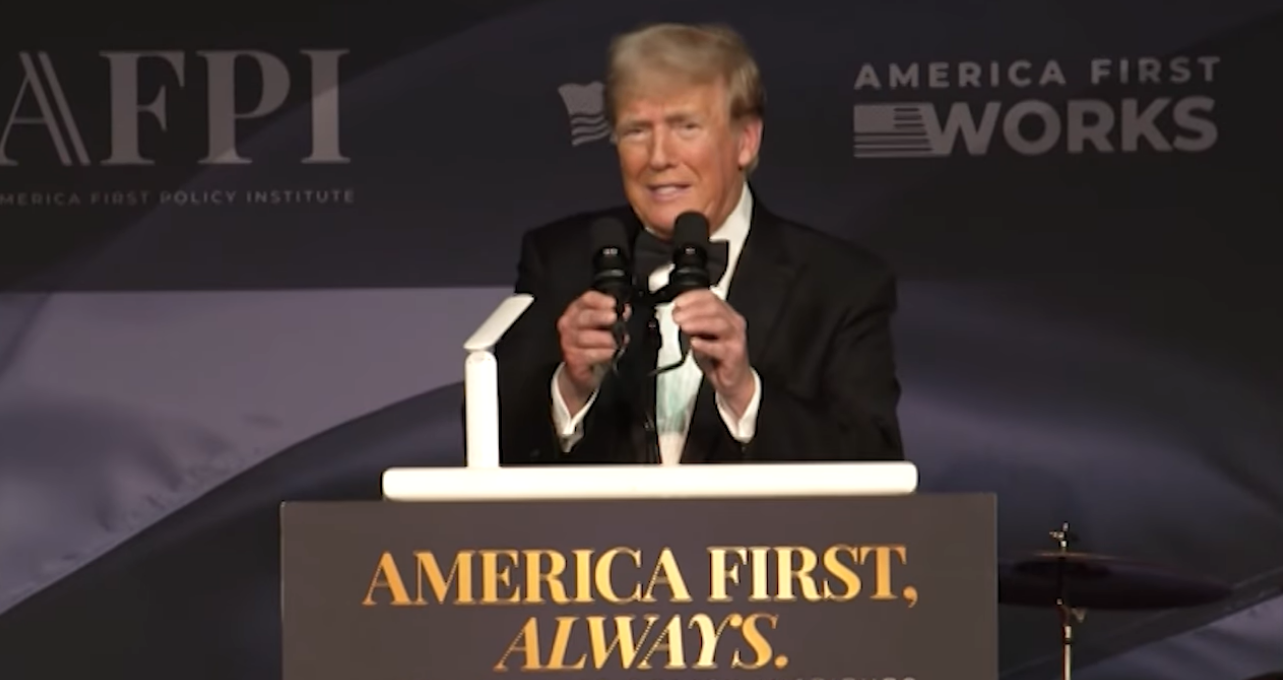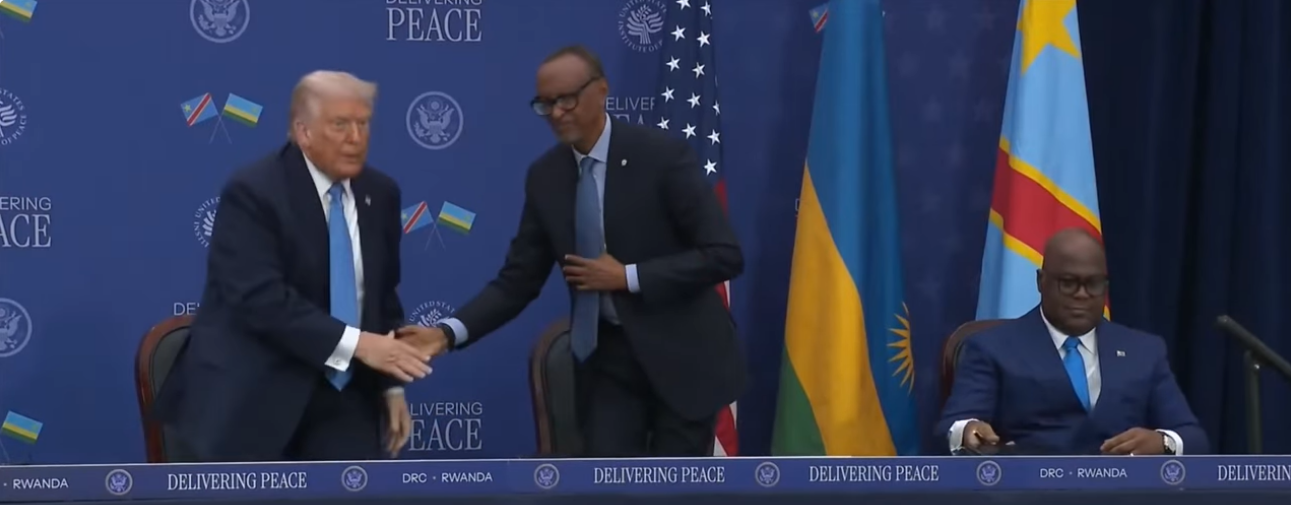[Book Excerpt #4 on: “The Roots of Racism in American Policing”]
In the 1876 Cruikshank Case the Supreme Court ruled then”The right to bear arms is not granted by the Constitution.”
Photo: Facebook
12-year-old Tamir Rice– one of the young victims of racist institutionalized American policing.
The following is an excerpt from the upcoming book “The Roots of Racism in American Policing: From Slave Patrols to Stop-and-Frisk.”
Over the next few weeks, the Black Star News will be publishing selected portions from the book. The following excerpt is from Chapter 1.
Second Amendment, Arming of Slave Patrols and Haitian Revolution
In my opinion, the historic arming of America’s police should be viewed and connected to the Slave Patrols—and the Second Amendment. The Second Amendment reads: “A well-regulated Militia, being necessary to the security of a free State, the right of the people to keep and bear Arms, shall not be infringed.” There are curious anomalies here to consider—beside the hypocrisy of talking about freedom when this amendment was created to maintain Slavery, and the massive money this “peculiar” institution produced.
One of the first things we must ask ourselves is: why is the Second Amendment written in such an odd manner?
If the Second Amendment was just about securing gun rights for American citizens, wouldn’t the last lines of this amendment, which reads “the right of the people to keep and bear Arms, shall not be infringed,” been enough to suffice this so-called right? Why did the “Framers” write the Second Amendment in this carefully crafted calculated manner? The Second Amendment’s key phrase is in the opening line which says: “A well-regulated Militia, being necessary to the security of a free State.” What was the real purpose of this opening line? Here historical context points us to a different conclusion than the mythical falsehood given for the enactment of the Second Amendment.
The Second Amendment was rushed through Congress and adopted on December 15, 1791. Why is this timeline important?
During the hot, hostile summer of August 1791, there arose a bloody uprising of Slaves on the French Caribbean island of Haiti. That red revolt ended with Haitian Slaves defeating a combined force of French soldiers (under the control of Napoleon Bonaparte) and English soldiers in a conflict that took the lives of approximately 75,000 French soldiers and 45,000 English soldiers. Some 200, 000 Haitians lost their lives in the fight for their freedom. In January 1804, after years of fierce fighting, Haitian Slaves gained victory. They become the first Slave population (in the history of the known world) that led an uprising ending in the founding of a nation free from Slavery—and, right at the southern periphery of the North American states of Slavery.
It is within this historical background that the Second Amendment was enacted. The Second Amendment’s purpose from the very beginning was to quell and contain any similar aspirations for freedom among America’s Slave populations. This is why the Second Amendment’s opening line focuses on the term “A well-regulated Militia.” The “Militia” the Second Amendment talks about were, in fact, often the very same Slave Patrols which were expected to police and terrorize Slaves. That terrorism of Black folk continues in the country’s contemporary policing departments.
Here is what radio personality Thom Hartmann had to say, years ago, about the Second Amendment “most Americans think that the Second Amendment is in the Constitution to protect the rights of individual gun owners from the government. Well, that’s not even remotely true. The ‘Second Amendment’ as we know it today is a legal fiction invented by the gun industry and their buddies on the Supreme Court. Despite what you might hear on Fox So-Called news, there actually was no individual right to own a gun until 2008, when the Supreme Court said there was in its decision in the case of District of Columbia v. Heller. This decision, which struck down Washington, D.C.’s handgun ban, was the culmination of a decades-long push by the gun industry to twist the Second Amendment into something that would help it sell more weapons, and it had zero basis in real Constitutional history. It’s what former Chief Justice Warren Burger called ‘A fraud on the American public.”
Hartmann is right, especially if one looks at earlier precedents set in Supreme Court rulings on the Second Amendment, before the Heller decision. Two examples of this are articulated in the 1876 United States v. Cruikshank Case and the 1939 United States v. Miller Case.
In the Cruikshank Case, (which upheld reversed convictions of White racists, in Louisiana, who killed an estimated 300 Black people, in what is known as the Colfax Massacre of 1873) the Supreme Court basically declared that Whites and Blacks (including many in this massacre who were killed after they surrendered) had no individual Constitutional right to bear arms. In their decision, the Court said: “The right to bear arms is not granted by the Constitution; neither is it in any manner dependent upon that instrument for its existence.”
Although this Supreme Court ruling was no doubt right in part of its decision, it should be noted that the second part, of the aforementioned phrasing, seems to imply that gun rights were natural rights. Yet, that Court didn’t seem to think this was a right African-Americans should have, even when faced with White racist terror and the indifference and inaction of the State of Louisiana. That Court was denounced for ignoring the “spirit of the law,” in the Fourteenth Amendment, with their shallow “letter of the law” reasoning in this case. This Court was accused of helping those who wanted to strip away equal protection rights in the Fourteenth Amendment which lead to further terroristic oppression of Black people in the south. This ruling left Blacks at the mercy of seeking protection from racist southern governments. As David H. Gans, Director of the Human and Civil Rights Program at the Constitutional Accountability Center, put it “the Court pretended the case had nothing to do with race. This was a Court that would stop at nothing to pervert the new Civil War Amendments to our Constitution — the Thirteenth, Fourteenth, and Fifteenth.”
The 1939 United States v. Miller Case challenged the 1934 National Firearms Act as being an unconstitutional violation of their Second Amendment rights. The case stemmed from events occurring in the aftermath of the infamous 1929 St. Valentine’s Day Massacre, in Chicago. This massacre transpired during the Prohibition Era between members of the North Side Irish gang and members of Al Capone’s South Side Italian gang—where five gang members and two affiliates of the North Side Irish gang were shot dead.
After these killings, authorities embarked on a crackdown against gangs and guns. In Arkansas federal court, defendants Jack Miller and Frank Layton were charged with violating the National Firearms Act when they transported a double-barrel shotgun across state lines in an alleged illegal act of interstate commerce. The defendants argued that their Second Amendment rights were infringed.
The Supreme Court ruled that the charges were “Not violative of the Second Amendment of the Federal Constitution” and that “The Court cannot take judicial notice that a shotgun having a barrel less than 18 inches long has today any reasonable relation to the preservation or efficiency of a ‘well-regulated Militia,’ and therefore cannot say that the Second Amendment guarantees to the citizen the right to keep and bear such a weapon.” The Court found that only ownership of military-style weapons (of that period) was protected by the Second Amendment, for use within an organized militia.

